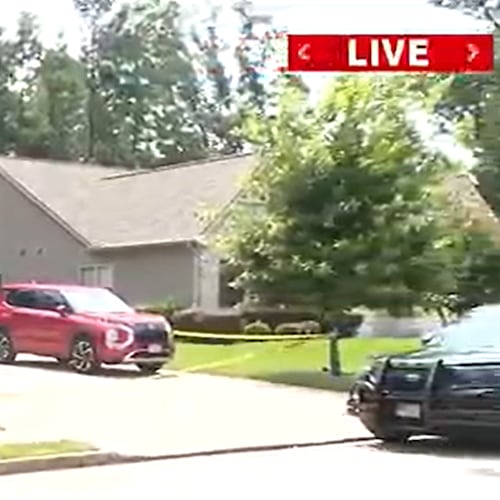Georgia’s first cyber charter school wants to expand services and increase funding for its 6,000 students, but can't get the state approval it needs.
Following a rejected pitch for a high school, Georgia Cyber Academy supporters filed into a state Board of Education meeting this week and offered what they said was proof their methods work and academic gains have been made.
Department of Education staff recommended that their request be tabled and studied for another year instead.
On Thursday, the state board will vote on a recommendation by the K-8 cyber campus and its conventional counterpart, Odyssey School, to end their contracts and enable them to align with the Georgia Charter Schools Commission, a switch that could double some student funding. GCA, entering the second half of a two-year performance contract with the state, wants commission status so the campus can receive more money and offer electives such as art and music, and eventually more grades.
“We have been fighting for our survival for the last three years,” said Matt Arkin, GCA head of school. “We have met or exceeded 29 out of 33 of our academic goals for this year and we are on pace to do the same for next year.”
As a commission charter school, Odyssey, which is housed in a building and receives $3,500 per student, could get twice the funding it receives now.
Arkin said the virtual campus also would like to offer classes for 600 freshmen who will have to find alternative services. An appeal to add a high school was rejected last month by the Georgia Charter Schools Commission because the board had concerns whether the plan actually was driven by parents or educators.
On Wednesday, 70 parents and students with Georgia Families for Public Virtual Education rallied for GCA expansion and commission school approval.
"It will provide more opportunities for our students," said Renee Lord, the group's president. "Our students have had success and that needs to be continued. A large majority of them were failing in traditional public schools."
However, a DOE analysis of 2010 test data showed the school lagged behind the rest of the state in math by a large margin for students in grades 1-8.
About the Author
The Latest
Featured

